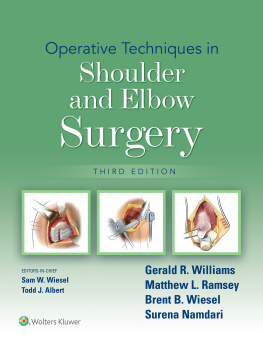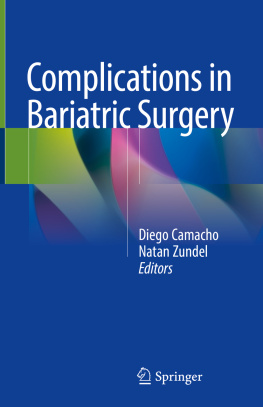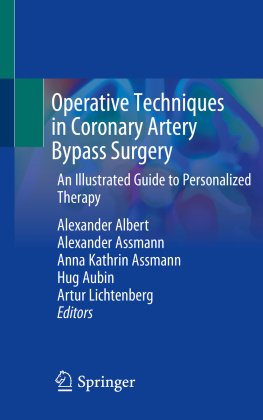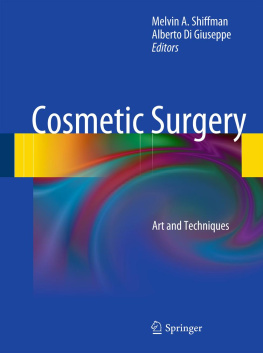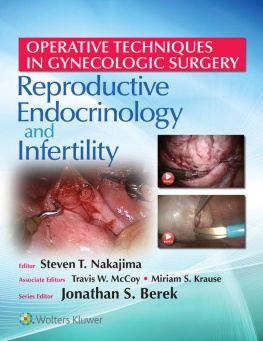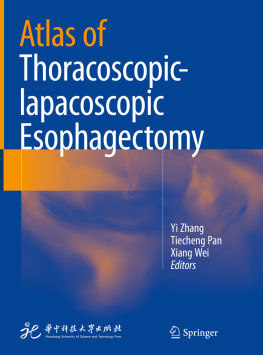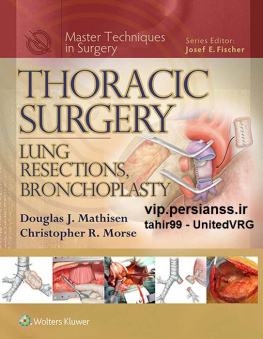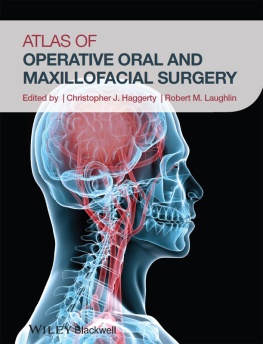Examination | Technique | Illustration | Grading and Significance |
SHOULDER |
Abduction strength testing | The arm is placed in 90-degree abduction in the scapular plane. The patient is asked to resist downward force. | 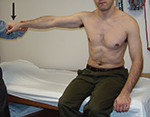
| Tests deltoid muscle strength: full strength, decreased strength, or unable to maintain position against gravity. Weak deltoid suggests less postoperative active range of motion secondary to inadequate strength. |
Active external rotation | With arms at the patients side and the elbows flexed to 90 degrees, the patient is asked to maximally externally rotate the arms. | 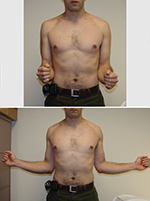
| Less active external rotation on the affected side. Decreased external rotation on affected side indicates partial or complete loss of infraspinatus function due to tear involvement or muscle dysfunction. |
Active forward flexion | Patient attempts to actively bring the arm forward above his or her head. | 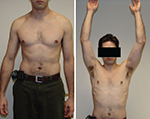
| Normal active flexion is 170180 degrees. Limited active forward flexion is indicative of possible large rotator cuff tear. Patients with function at or above shoulder level are more likely to have improved active forward flexion postoperatively. |
Anterior load and shift test | The patient is positioned supine with the arm in 20 degrees abduction, 20 degrees flexion, and neutral rotation. With axial load to reduce the humeral head, an anterior force is applied to the arm. | 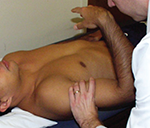
| Translation grading: 0: no translation 1+: translation to the anterior rim 2+: translation over the rim but spontaneously reduces 3+: dislocation of the humeral head that locks over the anterior rim; indicates anterior instability |
Bear hug test | The hand of the affected side is placed on the opposite shoulder with the fingers extended and the elbow elevated forward. The patient resists as the examiner attempts to lift the hand off the shoulder. | 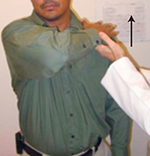
| If the examiner can lift the hand off the shoulder, then the patient likely has a partial or complete tear of the upper subscapularis tendon. This is perhaps the most sensitive test for a subscapularis tear. |
Belly press test (Napoleon test) | The patient is asked to keep the palm of his or her hand on the abdomen with the wrist extended and the shoulder flexed and in maximal internal rotation while the examiner attempts to forcefully pull the patients hand off the abdomen. | 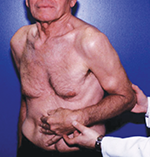
| A positive test occurs when the patient must flex the wrist and extend the arm to maintain the palm on the abdomen. This indicates subscapularis muscle weakness or tear. |
Biceps resistance test (Speed test) | With the patients arm at 90 degrees of forward elevation, a downward force is applied to the arm while the patient tries to resist that force. | 
| A positive test is pain along the tendon of the long head of the biceps. Pain during this maneuver indicates involvement of the long head of the biceps tendon. |
Coracoid impingement | The arm is forward flexed to 90 degrees, internally rotated, and adducted. | 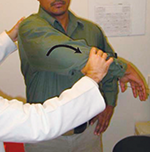
| Reproduction of pain or a painful click indicates a positive test. A positive test is indicative of impingement of the coracoid onto the subscapularis. |
External rotation lag sign | Arm is passively placed in maximal external rotation and then released. Patient is asked to maintain the arm in external rotation. | 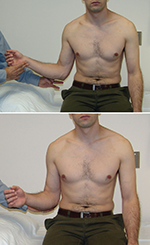
| Inability to maintain maximal external rotation (20-degree lag sign) suggests the tear extends well into the infraspinatus. |
External rotation strength testing | Arm is placed in maximal external rotation, and patient is asked to resist internal rotation force. | 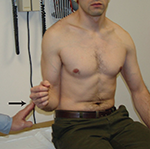
| Full-strength resistance suggests no infraspinatus tear involvement. Weakness suggests progressive infraspinatus involvement or dysfunction. |
Impingement sign | With the patient upright, the examiner fixes the scapula to prevent it from moving and then brings the arm into full forward elevation with some force. | 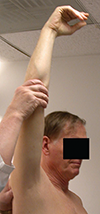
| A positive test is pain during this maneuver. Forcing the fully forward elevated arm against the fixed scapula helps to localize the finding to the rotator cuff. |
Jerk test | With the patient sitting or standing upright, the arm and elbow is flexed to 90 degrees, internally rotated, and adducted. A posterior force is axially applied by pushing posterior on the flexed elbow while stabilizing the scapula. This will cause a posterior humeral subluxation. The examiner applies a posterior directed force along the humerus with the elbow flexed by grasping the elbow while at the same time the shoulder girdle is pushed anteriorly. This will push the humeral head posterior. | 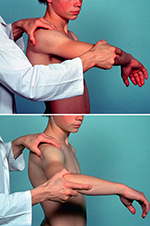
| The test is positive as the arm is brought into extension when a sudden jerk or clunk occurs as the subluxed humeral head relocates into the joint, often associated with pain as well. It is indicative of a posterior labral tear. The patient usually complains more of pain during the relocation than with subluxation or dislocation. |

